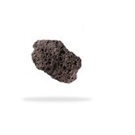
They formed in molten rock 125km to 200km down, and some rare diamonds may have originated even deeper, at up to 400km. Powerful volcanic eruptions forced magma through the earth’s upper mantle toward the surface at the speed of sound, too fast for their crystalline structure to degrade into the more common graphite. As the volcanoes eventually cooled, the diamonds remained trapped inside vast cones of hardened magma, known as kimberlite.


We use huge earth-moving equipment in the mines. Trucks with 250 tonne payloads and tyres twice as tall as an average man carry diamond-rich kimberlite from the mines to be processed, and we train a workforce to run them.
Off the Namibian coast, we recover diamonds from the ocean floor using advanced technology on vessels that are virtually floating mines.

At the world’s largest and most advanced diamond sorting facility in Botswana, expert sorters examine selections of diamonds straight from the mine. Increasingly, highly skilled sorters in Botswana, Namibia and South Africa are handling their own countries’ precious resource.
Every diamond is unique. Determining its shape or ‘model’ is a key part of the sorting process. That will often determine the final size and shape of the polished jewel. Sorted diamonds are scrutinised by clients, known as Sightholders, who are supplied with the rough diamonds they need for their diamond cutting and jewellery making requirements.
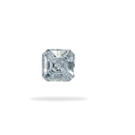
Whatever shape the cutter chooses – round, princess, emerald, pear, heart, marquise, oval or baguette – there is no room for error once cutting begins. A perfectly proportioned brilliant cut diamond has 58 individual facets.
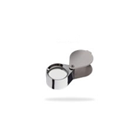
Rough diamonds are sold to select groups of clients. At De Beers, we sell them through ‘Sights’ to industry clients known as Sightholders or Accredited Buyers. Another way diamonds are sold is via auction sales, which are conducted online.
In effect, they are first sold to wholesalers who process the rough diamonds and usually sell them on to retailers for sale to the public around the world.
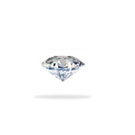
Cutting and polishing a diamond bring it to life. In the hands of master craftsmen, known as diamantaires, rough diamonds are transformed into beautiful gems sparkling with brilliance, fire and light.
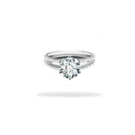
The end of a diamond’s journey is where the joy of its possession begins. A diamond’s precious, transcendent natural beauty is a potent symbol of romance, commitment, passion and enduring love. It says what words rarely can. Only the most skilled and inspired designers can create jewellery worthy of its message.

The prospectors of old had no qualifications, just an eye for diamonds. Today, our explorers hold degrees in geology, physics, geophysics, engineering, chemistry and biochemistry. To help them, they have the latest analytical equipment, tools and tests and are supported by the most advanced laboratories. But they still need that eye for diamonds.
They search for diamonds where nature has left them, in some of the most remote and inaccessible places on the planet, from the deserts of southern Africa to the frozen Arctic tundra.
Finding diamonds can take decades. No clues are too small and can be simple traces of indicator minerals brought up by burrowing animals and termites. Core samples are taken and then laboratory analysis shows whether the find is likely to be viable.